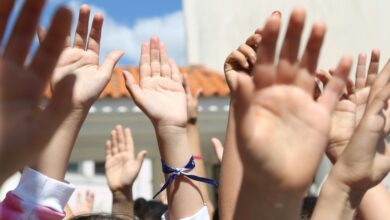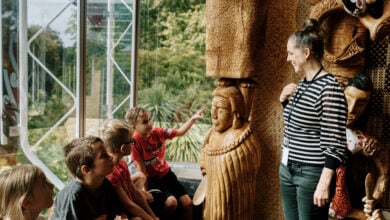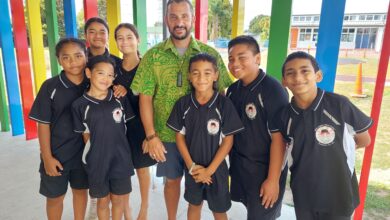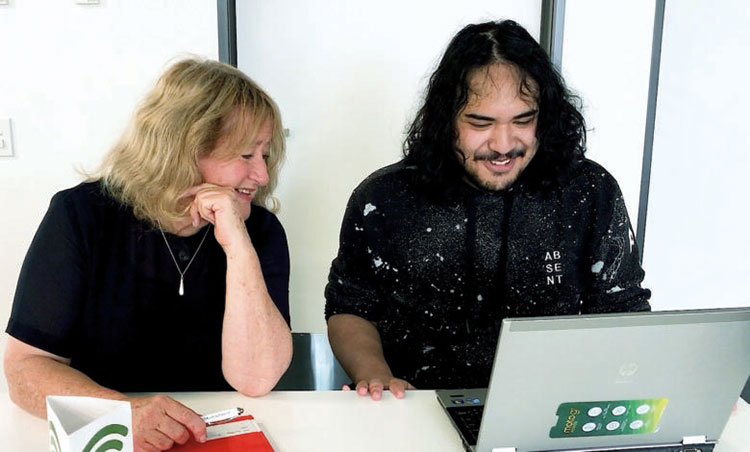
Every Wednesday, 18-year-old Kayla Johnson walks half-an-hour to her only in-person class.
In this small classroom of around fifteen, hosted in a public library, students of Te Kura – previously known as The Correspondence School – meet for two hours at a time with their teachers and advisors. These sessions are known as Huinga Ako or learning advisories.
Despite the walking time, Kayla looks forward to her Huinga Ako each week.
“It’s fun because you meet so many people,” she said. And while meeting people may not be the first association people make with a correspondence school, for Kayla, the people at Te Kura are among the highlights of her experience.
Read the Term 4 edition of School News HERE
In Kayla’s Huinga Ako, each session begins with a weekly whakataukī (proverb). The week I am invited to attend is Tongan language week, so the whakataukī is of Tongan origin: “holo pe tu’u, ko e naglu e fasi.” Its translation: “stand firm and the waves will break”.
After a brief discussion, the group begins a structured learning session. Today, they are given some information on available practical courses with Te Kura. These include hospitality and construction, among others. In previous weeks, this Huinga Ako has taken tours of the local museum, and even hosted offsite activities like going to the zoo.
Afterwards, the group breaks for some kai (food). Then the students are offered one-to-one support with their Kaimanaaki (Learning Advisor). The session ends with a mindfulness session, incorporating movement and stretching. The class follows a Qigong video, this week, a system of mindful movement similar to Taichi.
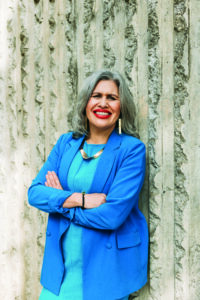
For the students of this Auckland catchment, Thursdays are reserved for specialised subject help. Kayla sometimes attends for extra support with maths and other subjects.
Kayla is one of the 28,000 students currently enrolled with Te Kura. Many of ākonga enrolled with the school are dual students, enrolled with both a local school and Te Kura so they can take a subject that would otherwise be inaccessible. A good proportion are fulltime students, though, who complete their early-childhood, primary or secondary education with Te Kura.
A long history
Founded in 1922, the Correspondence School originally had only one teacher: Janet MacKenzie. She was employed by the Ministry of Education to carry out “a doubtful experiment,” as it was once called in parliament. The school was founded out of a need to educate remote children and fulfil the promise made by the 1877 Education Act: free education for all children in New Zealand.
From its early years, The Correspondence School established a tradition of individualised learning, with each teacher developing a personal connection to their students and designing lessons geared towards their interests.
Authur Butchers, who was appointed Headmaster of Te Kura in 1935, chaired an international research committee on correspondence education. Its reports found that correspondence education had numerous benefits, including allowing students to set their own pace of work, encouraging learner agency, and developing self-confidence and self-motivation in students.
These characteristics meant Te Kura was positioned to meet the needs of not just rural students, but also students with disabilities, the education of prisoners, older students looking to further their education and opportunities, and students who couldn’t otherwise continue their studies at a traditional school, like young parents and those who had been excluded.
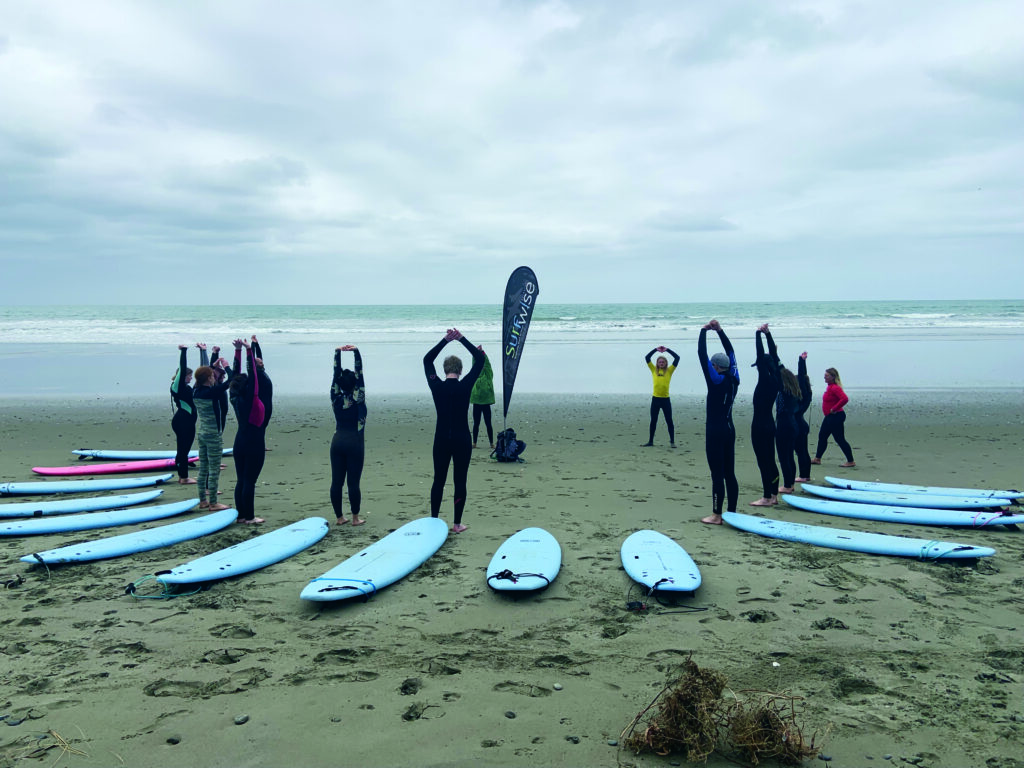
Despite early successes, the urbanisation of the wider New Zealand population in the 70s and 80s and the Tomorrow’s Schools reforms of 1989 brought challenges. The school roll was no longer composed of rural children, and changing needs meant The Correspondence School’s old model of education was not meeting student needs. The school was also grappling with funding challenges and implementing new technologies.
When Chief Executive Mike Hollings was appointed in 2006, it was clear that significant reform was needed. Hollings was tasked with addressing “the significant Māori role of the school” and digitising the curriculum. Although Te Kura remains the largest Māori school in New Zealand, in 2006, there was little engagement with Māori iwi and other communities. One of Hollings’ first acts was to commission a report in consultation with the community and the teachers. He concluded Te Kura should be regionalised to maximise positive student outcomes.
Current Chief Executive Te Rina Leonard says that before the regionalisation of Te Kura, the teachers at the school were in “chicken coops”.
“All the teachers were in Wellington. There’d be a building full of science teachers, another full of Maths and English. No one would talk to each other. You stayed in your subject, so no one knew the whole picture of our ākonga. I was an English teacher. I didn’t teach kids, I taught English.”
Under Hollings’ leadership, Te Kura implemented the practice of Huinga Ako, where students are afforded weekly connection with their Kaimanaaki. There was a shift in values, to engaging the whole learner. Now, there are twelve regional offices, and Te Kura is still expanding. Leonard said this model has vastly improved engagement and community presence of Te Kura.
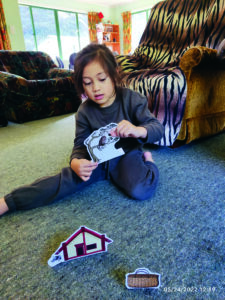
Hollings also entrenched te ao Māori into the framework of Te Kura, introducing Māori titles for students and staff. Teachers were reframed as “advisors”, emphasising their role as “support[ing] the kids in what they want to do, to think about how their mana and self-esteem is being enhanced”.
Hollings also placed an emphasis on student wellbeing, with He Oranga Mahuru being the counterpart and complement to Te Ara Pounamu, the localised curriculum.
These strategies and focus have worked. A 2018 report by the ERO found that these changes to Te Kura resulted in an uptick in wellbeing and achievement, with disengaged students achieving twice as well as those in a control group.
Te Kura today
Kayla is one of the thousands of Te Kura students who are benefiting from this new model. She first came to Te Kura in Year 7 because of her depression and anxiety. When she reached high school age, Kayla tried to enrol in a local school, but came back to Te Kura when the rigid structure of regular school caused an anxiety attack.
Kayla has had the same Kaimanaaki throughout her time at Te Kura, and says that made it “really easy” to come back after her time at high school. She said her Kaimanaaki has been instrumental to her success and progress at Te Kura, as she helps Kayla plan and structure learning, and provides essential guidance and pastoral care.
Kayla describes Huinga Ako as one of the highlights of her week. As well as being fun, she finds the support and structure essential for her study. As Kayla has four siblings who are under five-years-old, Huinga Ako is not only a session for personal support and socialisation with peers, but a quiet space to complete lessons.
Although it can be chaotic with so many siblings, Kayla credits them with helping her find her feet. During the pandemic, Kayla said she “couldn’t see a future” for herself. That changed as her parents had more children and she discovered a love for babysitting. Recently, she began an Early Childhood assignment with Te Kura, and says she’s looking forward to pursuing an Early Childhood certificate after graduation.
“They always push you to find out what job you want to do. I’ve taken so many different courses – there’s hundreds – and I’ve taken every language. I did art, media studies, classics.”
For Kayla, being at Te Kura means “you can do more work because you’re less distracted,” and the flexibility and personalised learning of Te Kura is unbeatable. In her spare time, Kayla loves to read and listen to music – interests which are reflected in the courses she’s taken with Te Kura.
Kayla’s experience with Te Kura exemplifies some of the core values the school, said Leonard. Their curriculum, Te Ara Pounamu, builds on five pou (pillars/principles) grounded in te ao Māori, acknowledging our context in Aotearoa. They are: whakamana (learner and whānau agency), kotahitanga (wellbeing), whaitake (relevance), whakawhanaungatanga (relationships) and māramatonutanga (rigour).
Leonard recognises that Te Kura is the largest education provider for vulnerable young people and says their founding values are geared toward showing them a path forward. “We’re not just dealing with the brain, we’re dealing with the whole person,” said Leonard.
These pillars are becoming especially important in the current climate. The pandemic saw a marked uptick in disengaged students. In 2020, the percentage of non-enrolled students coming to Te Kura rose by a massive 66 percent compared to 2019 numbers.
To support the engagement of these vulnerable rangatahi, Leonard is leading an expansion and continuation of the work Hollings began during his term at Te Kura. One of the programmes she points to is the new He Whai Taumaru programme, or “Leaving to Learn”. These programmes encourage ākonga to gain experience in their community in their fields of interest. Some lead to part-time employment.
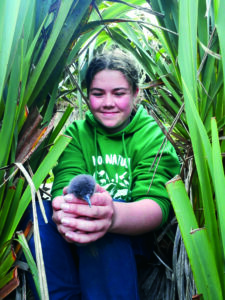
Leonard gives an example of a student who was connected with their local pharmacy through He Whai Taumaru and now holds a part-time position there. It’s an example of relevant, personalised learning that empowers the learner and creates relationships and connectedness between the individual and their community.
Still, Leonard says there’s more to be done. Ideally, she wants Te Kura to one day be a more integrated part of the education landscape in Aotearoa, working in partnership with local schools to improve student retention and engagement.
”I would love the [education] gateways to be more fluid and responsive to ākonga need without undermining face-to-face providers.”
Currently, most students – except for older ākonga (16- to 19-year-olds) – can only come to Te Kura through referral pathways. There are many who’d like to see that changed, including Dame Karen Sewell, former Secretary of Education and Chief Review Officer at the Education Review Office.
“There are no good valid reasons for saying [Te Kura] shouldn’t be a school of choice…. For some kids, the learning offered at Te Kura will be what saves them.”
References: Woods, Gael. Going the Distance: 100 years of Te Aho o Te Kura Pounamu – The Correspondence School. Wellington: Te Aho o Te Kura Pounamu, 2022.

